By: Dylan Wykes
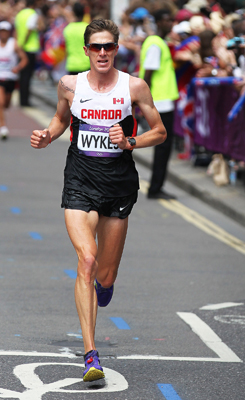 Almost everyone reading this has probably experienced that letdown after a big race. For months and months (or years and years) you have this goal race, the date circled on the calendar. You train hard with that date in mind. You make many sacrifices, skipping out on beers with friends on Saturday to rest up for a Sunday long run, or you leave behind family and travel thousands of miles and hole yourself up in an apartment in the Swiss Alps to training your butt off. Whatever the event, however many miles you log, whatever the sacrifice, eventually that day on the calendar comes…and it goes. No matter the result, whether you met your goal or failed miserably, the big date passes. And if you’re like me, sometimes you’re not prepared for what comes after that date. You experience this feeling of, ‘what now’? And what’s next might not seem that compelling, or you might just feel lost not having that big race on the horizon that brought you focus and routine. Or upon reflection you might wondering if all the hard work and sacrifice for that one day was really worth it. These are some of the feelings I experienced after the London Olympics and feelings I am sure many of you have felt as well after your own big race.
Almost everyone reading this has probably experienced that letdown after a big race. For months and months (or years and years) you have this goal race, the date circled on the calendar. You train hard with that date in mind. You make many sacrifices, skipping out on beers with friends on Saturday to rest up for a Sunday long run, or you leave behind family and travel thousands of miles and hole yourself up in an apartment in the Swiss Alps to training your butt off. Whatever the event, however many miles you log, whatever the sacrifice, eventually that day on the calendar comes…and it goes. No matter the result, whether you met your goal or failed miserably, the big date passes. And if you’re like me, sometimes you’re not prepared for what comes after that date. You experience this feeling of, ‘what now’? And what’s next might not seem that compelling, or you might just feel lost not having that big race on the horizon that brought you focus and routine. Or upon reflection you might wondering if all the hard work and sacrifice for that one day was really worth it. These are some of the feelings I experienced after the London Olympics and feelings I am sure many of you have felt as well after your own big race.
It’s funny, I’m not sure what I hoped to feel after I crossed the finish line in London. It’s not that the experience and my performance didn’t meet my expectations. I think for me the post-race blues was more about me always having a desire to achieve more, to think about what I can do to continue to get faster, and forgetting to reflect on the experience. I have learned a thing or two in the months since London, not about how to get faster, but how to deal with that letdown after the big race. So I wanted to take the chance to share some of them with you now.
1) Take the time for some R & R (rest and reflection) – The first part, rest, isn’t always easy. You might be like me and always have the desire for more, and try to start back training too quickly after a big race. Sometimes when you do this you’re body does not respond well and it contributes to some of the melancholy. But perhaps the more important part is reflection. In the few days and weeks immediately following the Olympics I didn’t give myself much time to reflect on how amazing the experience was for me. I packed my time with seeing the family and friends I neglected while living like a monk in the Swiss Alps. I didn’t give myself much chance to evaluate what the experience was really like. My stock answer to everyone’s question “how was it”, left me realizing I really needed to take some time to reflect, to properly grasp everything that happened. These were all amazing moments for me. I recommend writing down your experience or dictating it to your smartphone, depending on your generation. I never seem to take the time to reflect on the positives of my running and achievements. I get stuck in a rut of focusing on what I could do better. This certainly happened to me after the Olympics. So, in those reflections be sure to seek out the positives. If you experience some post-race letdown returning to those reflections might help you out of it. Being a part of the first full ‘team’ of Canadian marathoners at the Olympics since 1996; going to the start line of the most important marathon in the quadrennial alongside the best marathoners in the world, many of whom I’ve idolized for years; sharing in my ‘success’ post-race at Canada House with so many family and friends that came to watch. These were some of the highlights of my Olympic experienced that I overlooked at first, when concentrating only on what I could’ve differently and how I’ll do better next time.
2) Say thanks – No matter how big or small your goal race, there were likely people in your life that helped you out along the way and made their own sacrifices to help you reach your goals. I think it’s important to connect with those people afterwards and let them know you appreciate the help they gave you. This will help you realize how many great people you have in your life and snap you out of any post-race funk. For me, saying thanks also involved sharing stories about my experience at the Olympics and doing so helped me realize how special it was.
3) Run for the sake of running – Sure, a lot of us run because we like the structure of it; seeing our split times and our progress, and setting goals and breaking barriers. But, inside all of us we likely started running for the pure enjoyment of it. When returning to running after a big race, I recommend trying to get back to finding the purity and enjoyment in your running. Whether that be leaving your watch at home for a few runs, exploring some new places to run, or meeting a group of friends for a run. If you know yourself, you’ll probably know what it is that makes you love running, so be sure to enjoy that. For me, that meant getting out the door simply because I wanted to go for a run, not because I had to get in shape for this workout or that race. This helped me enjoy my running again and snap out my funk, because I was running without any anxiety about what I needed to achieve.
4) Set some new goals – After you’ve taken the time to rest, reflect, and say thanks, sit down and set some new goals. It can be simple things, like getting back into a regular running routine. Or it can be that next ‘big date’ that you circle on the calendar. Either way, you do need to get to a point where you put the race that was behind you and move on to something new. If you’re really feeling like you’re in a post-race funk, don’t make your goals too grandious. I recommend setting some goals that take you on a bit of a different path from your previous big race. Try training for a different distance or a different type of course. One of the problems with setting a new goal similar to the last is that you might get back into a training routine and find you’re not running your workouts as well as before, and that might contribute to the post-race funk. So, try something different, where you know the workouts won’t be the same so you won’t be comparing the new you to the old you.
Hopefully you don’t experience any sort of letdown after your next big race, but if you do I hope some of my suggestions will help you. They’ve helped me get back on the saddle, so to speak. Though, since it’s 6 months after the Olympic marathon, it’s taken me longer than I’d hoped. But, I think I needed some time to recharge the batteries – both mentally and physically. I’ve taken some of my own advice and am now sitting down with my coach to sculpt out a spring racing schedule that I hope to share with everyone in the near future.
Another event that has helped my spirits and motivated me for the future is that I am continuing my sponsorship with Mizuno Canada and Mizuno Corporation Japan. Mizuno Canada first took me on as an athlete ambassador in 2008, after I ran my first marathon and they’ve been providing me with great gear and support ever since. Having them behind me for the next 4 years makes it that little bit easier for me to focus 100% on my training and racing. I’m looking forward to doing my part to help promote all the exciting things that Mizuno has going on.




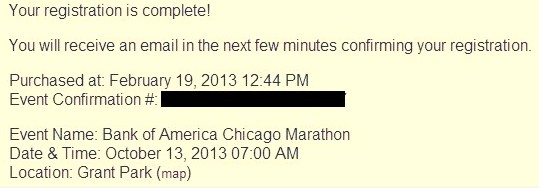
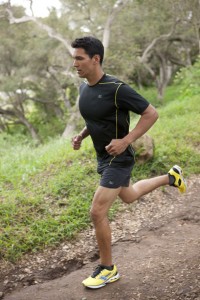 By: Nikki Reiter
By: Nikki Reiter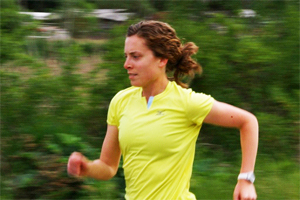
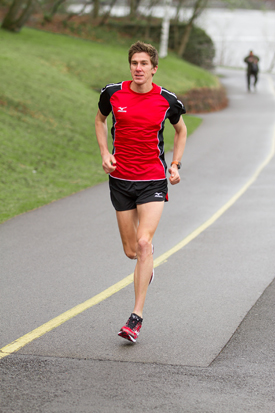 Never Settle.
Never Settle.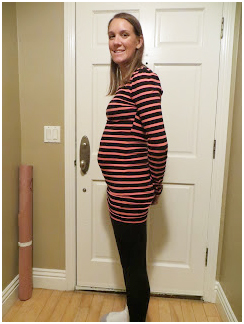 Shortly after Tim and I got married on October 31st, 2009, we had decided that we would wait until the 2012 Olympics to try and have kids. At the time, it felt like it was a long way away but once 2012 hit I started to realize that time was coming very quickly. Specifically once we got over to Europe before the Olympics began, we were staying with our good friends Sabine and Bastian and Germany and the topic of kids came up a lot and I was getting very scared about it because I knew that within a few weeks we had planned to start trying. I was very hesitant and feeling like I was not ready for this big life change. I am 26 years old and Tim is 40 which is why we wanted to have kids asap after the Olympics. I decided to just not think about it and just let things happen the way they were supposed to.
Shortly after Tim and I got married on October 31st, 2009, we had decided that we would wait until the 2012 Olympics to try and have kids. At the time, it felt like it was a long way away but once 2012 hit I started to realize that time was coming very quickly. Specifically once we got over to Europe before the Olympics began, we were staying with our good friends Sabine and Bastian and Germany and the topic of kids came up a lot and I was getting very scared about it because I knew that within a few weeks we had planned to start trying. I was very hesitant and feeling like I was not ready for this big life change. I am 26 years old and Tim is 40 which is why we wanted to have kids asap after the Olympics. I decided to just not think about it and just let things happen the way they were supposed to. Almost everyone reading this has probably experienced that letdown after a big race. For months and months (or years and years) you have this goal race, the date circled on the calendar. You train hard with that date in mind. You make many sacrifices, skipping out on beers with friends on Saturday to rest up for a Sunday long run, or you leave behind family and travel thousands of miles and hole yourself up in an apartment in the Swiss Alps to training your butt off. Whatever the event, however many miles you log, whatever the sacrifice, eventually that day on the calendar comes…and it goes. No matter the result, whether you met your goal or failed miserably, the big date passes. And if you’re like me, sometimes you’re not prepared for what comes after that date. You experience this feeling of, ‘what now’? And what’s next might not seem that compelling, or you might just feel lost not having that big race on the horizon that brought you focus and routine. Or upon reflection you might wondering if all the hard work and sacrifice for that one day was really worth it. These are some of the feelings I experienced after the London Olympics and feelings I am sure many of you have felt as well after your own big race.
Almost everyone reading this has probably experienced that letdown after a big race. For months and months (or years and years) you have this goal race, the date circled on the calendar. You train hard with that date in mind. You make many sacrifices, skipping out on beers with friends on Saturday to rest up for a Sunday long run, or you leave behind family and travel thousands of miles and hole yourself up in an apartment in the Swiss Alps to training your butt off. Whatever the event, however many miles you log, whatever the sacrifice, eventually that day on the calendar comes…and it goes. No matter the result, whether you met your goal or failed miserably, the big date passes. And if you’re like me, sometimes you’re not prepared for what comes after that date. You experience this feeling of, ‘what now’? And what’s next might not seem that compelling, or you might just feel lost not having that big race on the horizon that brought you focus and routine. Or upon reflection you might wondering if all the hard work and sacrifice for that one day was really worth it. These are some of the feelings I experienced after the London Olympics and feelings I am sure many of you have felt as well after your own big race.
 In late 2007 I tried a new aggressive treatment aimed at reducing the number of relapses and slowing disease progression. It took some time but it really helped me regain some of what I had lost. With the help of special carbon fiber leg braces, I started running again in 2009. I even qualified for the Boston Marathon in 2011 as a mobility impaired athlete. Unfortunately my MS flared up a few weeks prior to the race leaving me unable to run for much of 2011. As you can imagine, I was devastated. But I suppose it just made me appreciate the experience that much more when I got to run it in 2012 with my husband at my side as my guide!
In late 2007 I tried a new aggressive treatment aimed at reducing the number of relapses and slowing disease progression. It took some time but it really helped me regain some of what I had lost. With the help of special carbon fiber leg braces, I started running again in 2009. I even qualified for the Boston Marathon in 2011 as a mobility impaired athlete. Unfortunately my MS flared up a few weeks prior to the race leaving me unable to run for much of 2011. As you can imagine, I was devastated. But I suppose it just made me appreciate the experience that much more when I got to run it in 2012 with my husband at my side as my guide!
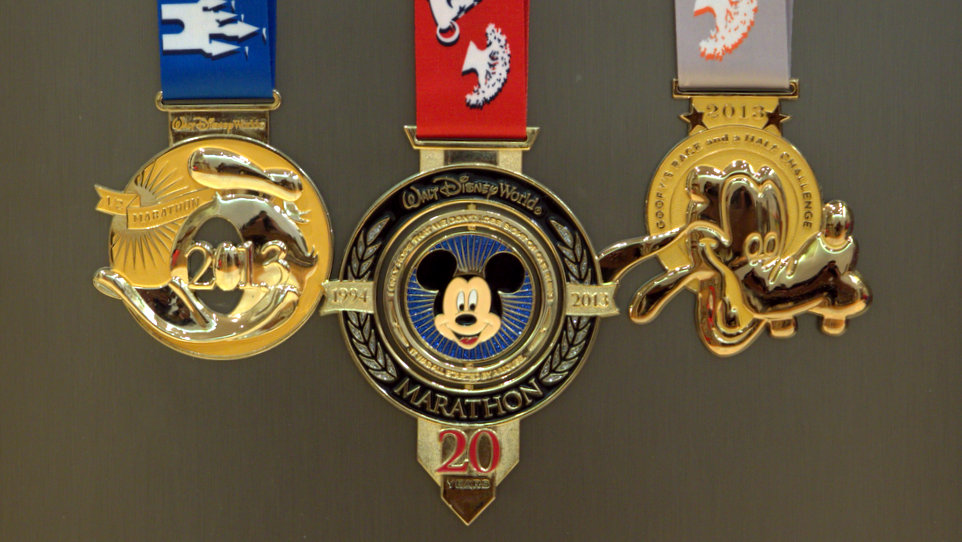


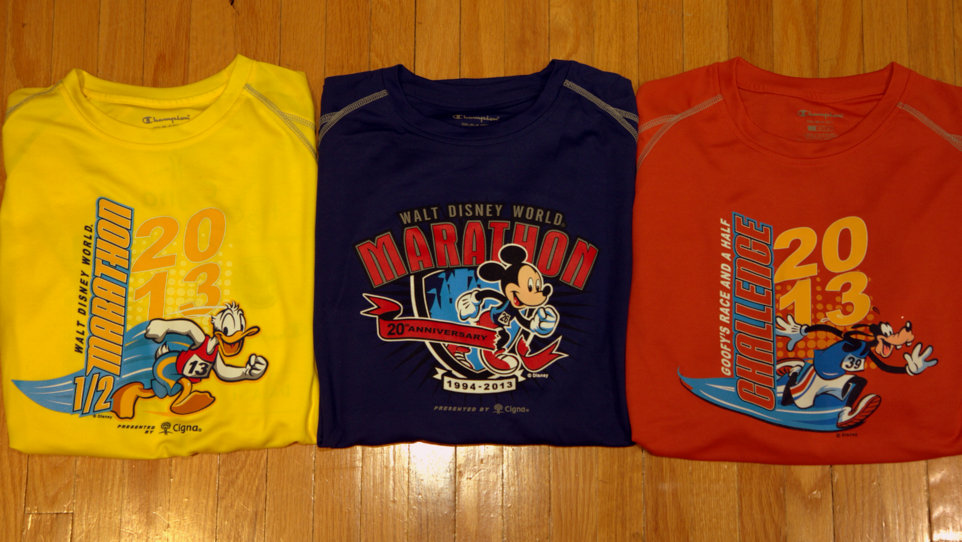
 Our Magazine
Our Magazine
